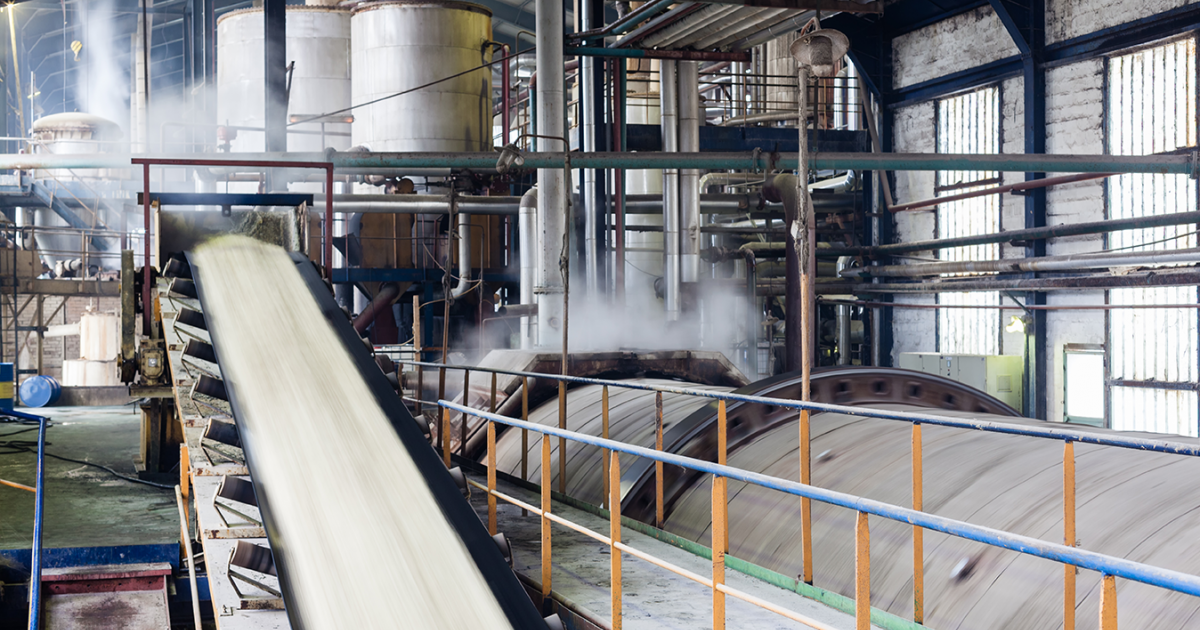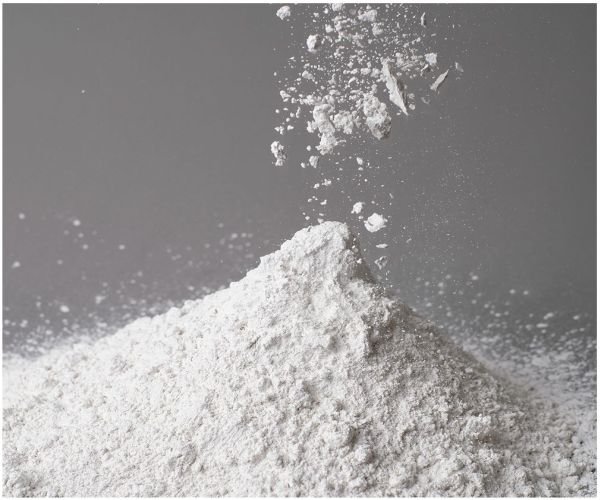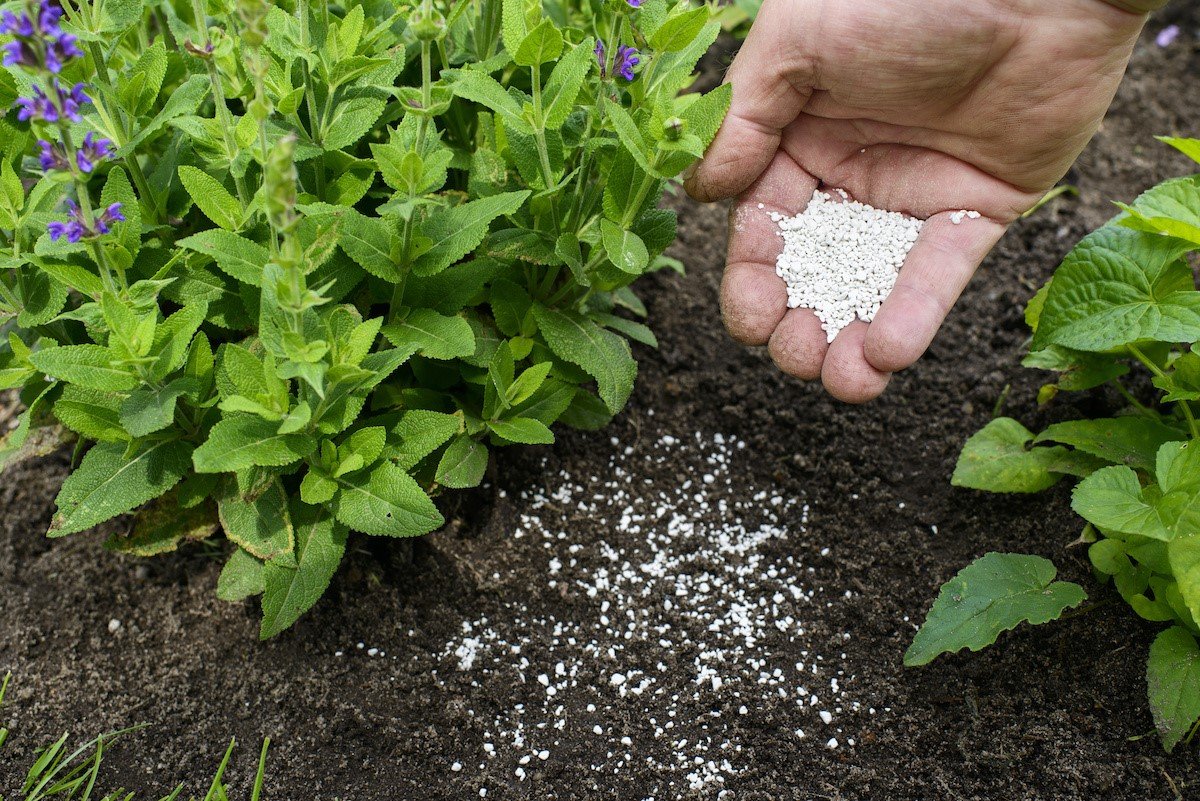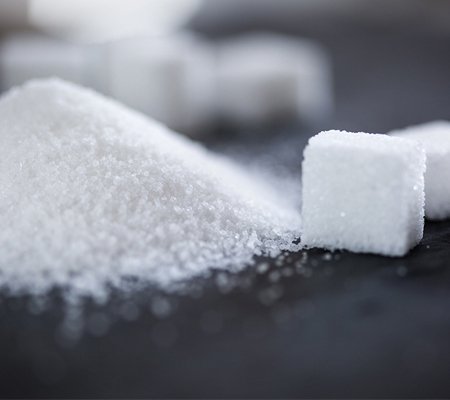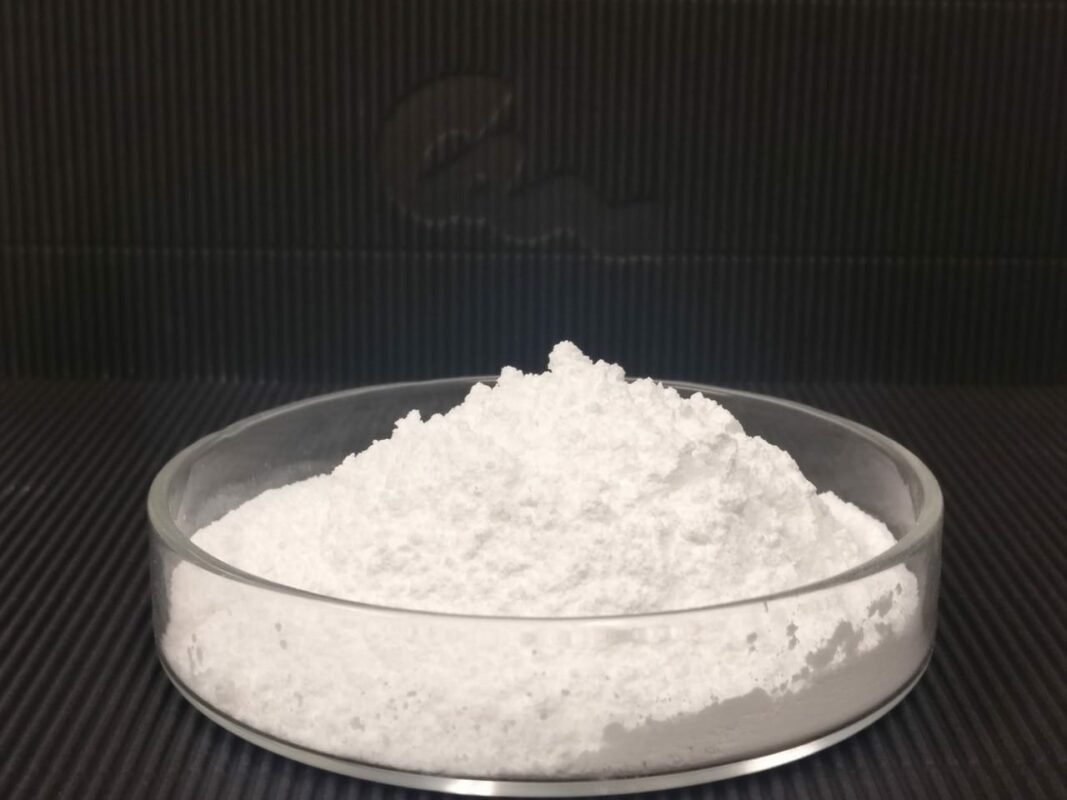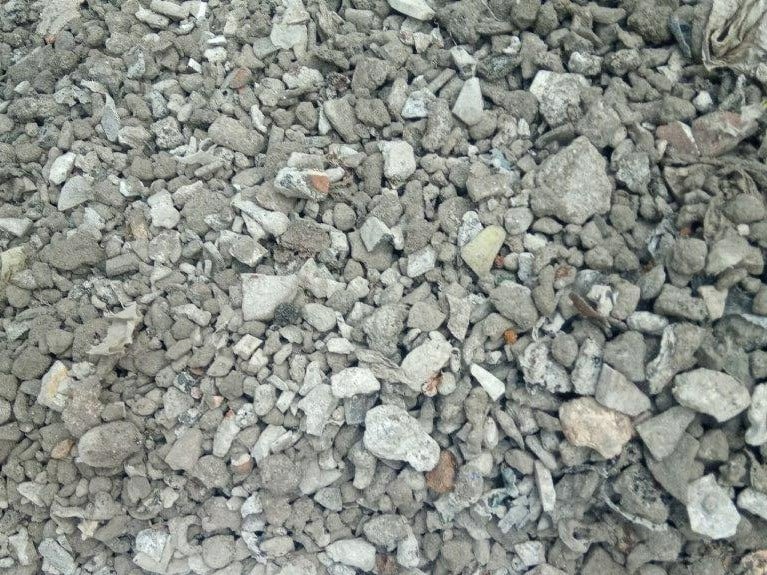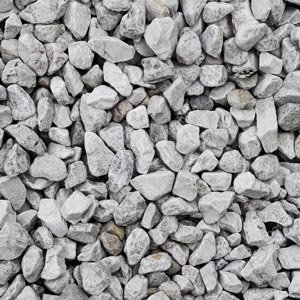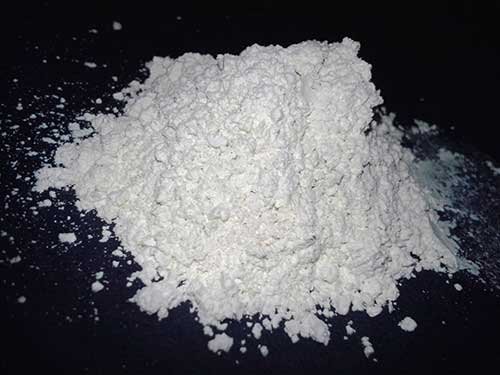Sugar, a staple ingredient in kitchens around the world, undergoes a complex refining process before it reaches the consumer in its familiar granulated form. While the journey from sugarcane or sugar beets to your kitchen table may not be apparent, it involves several crucial steps, and Quicklime, or Calcium Oxide, plays a significant role in sugar refining. In this blog, we will explore the essential role of quicklime in sugar refining and how it contributes to the production of the sweetener we know and love.
Understanding the Sugar Refining Process:
This process of refining sugar begins when the juice is extracted from sugarcanes or sugar beets in order to extract sugar. There are impurities in this juice, primarily organic materials like waxes, pigments, and other non-sugar compounds. Several stages of purification and crystallization are involved in the process of transforming this juice into the refined sugar we use.
The Role of Quicklime in Sugar Refining:
Quicklime is a key ingredient in the purification and decolorization of sugar juice during the refining process. Here’s how it contributes to the production of high-quality sugar:
1. Alkalinity Adjustment:
Sugar juice typically has a slightly acidic pH, which can lead to undesirable chemical reactions and decreased sugar quality. Quicklime is used to raise the pH of the juice, creating a more alkaline environment. This pH adjustment is crucial for the subsequent processes to work effectively.
2. Precipitation of Impurities:
As the pH of the sugar juice is raised by quicklime, various impurities, including proteins, pigments, and waxes, are coagulated and precipitated. The alkaline conditions encourage the formation of larger particles that can be more easily removed from the juice.
3. Clarification and Filtration:
After the impurities have been precipitated, the juice undergoes a clarification process. It is then filtered to separate the impurities from the clear, purified juice. Quicklime plays a crucial role in facilitating this separation and ensuring that only the clarified juice proceeds to the next stages of sugar production.
4. Decolorization:
One of the most visible roles of quicklime in sugar refining is its impact on decolorization. The alkaline environment created by quicklime helps to break down and remove pigments from the sugar juice. This step is vital for producing the white, refined sugar that consumers expect.
5. Neutralization:
In some cases, a small excess of quicklime may be added to ensure that the juice remains slightly alkaline. This helps to neutralize any residual acidity that could impact the crystallization process.
6. Crystallization and Sugar Formation:
Once the sugar juice is clarified, decolorized, and properly pH-adjusted with the help of quicklime, it is ready for crystallization. During this phase, sugar crystals begin to form as water is evaporated from the juice. The sugar crystals are separated from the remaining liquid, which will go on to become other sugar products like molasses.
7. Drying and Packaging:
The sugar crystals are dried and then packaged, ready for distribution to consumers. The result is the white, granulated sugar that sweetens our coffee, tea, and baked goods.
Quality Control in Sugar Refining:
Quicklime’s role in sugar refining is not just about enhancing the visual appeal of sugar; it also contributes to the overall quality of the final product. It helps to ensure that the sugar is free from undesirable impurities, pigments, and off-flavours, meeting the high standards expected by consumers.
Sustainability and Environmental Considerations:
Sugar refineries often pay attention to sustainability and environmental concerns in their processes. Quicklime is naturally occurring and can be produced in an environmentally friendly manner. The utilization of quicklime in sugar refining aligns with the industry’s commitment to sustainable and responsible practices.
In conclusion, quicklime is a fundamental component in the sugar refining process, contributing to the purification, decolorization, and quality control of sugar production. While the refining process may not be immediately apparent to consumers, it plays a critical role in delivering the high-quality, white, granulated sugar that sweetens our daily lives. As sugar refineries continue to innovate and adapt to changing consumer preferences and environmental considerations, quicklime remains a key ingredient in the pursuit of quality and sustainability in the sugar industry.


